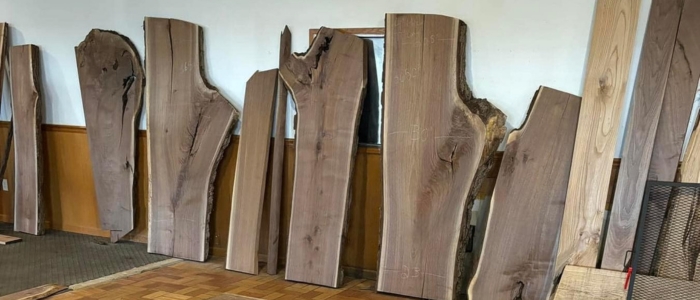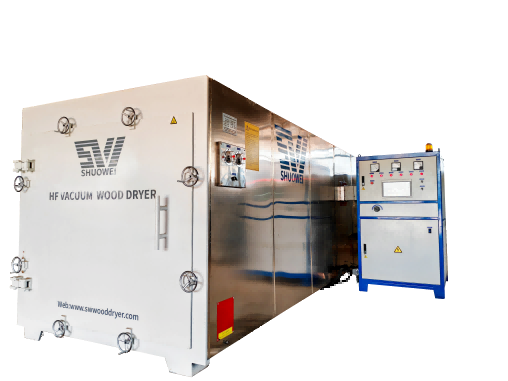Kiln drying lumber yourself is sometimes cheaper and a great way to break into drying your own wood, but there can be some challenges along the way. Kiln-dried lumber has been a hot topic in the Do-It-Yourself world for a few years now. Even though some big box stores carry kiln-dried lumber, the truth is that this wood is not always just what you need for your noncommercial woodworking project. Too often it’s been wet stacked or piled in a storage area, and when you buy new lumber from these places, it can be warped and twisted, or too dry. Have you ever looked at the lumber section of a hardware store and wondered if you could buy kiln-dried wood? You can and it’s easier than you think. This blog post teaches you how to kiln dry your own lumber.
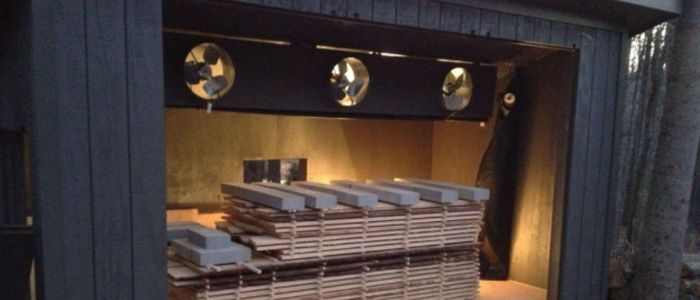
How To Kiln Dry Your Own Lumber
Kiln Drying is not hard, but it can be a bit time-consuming. You can either rent a commercial kiln or build your own. If you decide to build your own, you will need a few key items and materials. Here’s how to get started:
The first step is to choose a kiln.
You can use large appliances like ovens, dehydrators, or even microwaves to dry lumber from your home. If you have access to an industrial kiln at a local woodworking shop, this will be your best option for drying larger quantities of lumber quickly and efficiently.
Once you have your kiln, you need to decide how large of a batch of wood you want to dry at one time. If you are just starting out and don’t have many tools or skills, small batches will be easier to manage. However, if you have the space and budget for larger quantities of wood, this can be a great way to make your kiln work more efficiently.
The next step is to source your wood. 、
You can either harvest wood yourself, or buy it from local farmers or lumber yards. It’s important to pick pieces that are straight and without any knots or other imperfections in the grain, as this will add time and expense to the drying process.
Once you have your wood and your kiln, it’s time to start the actual drying process. In general, lumber will take several days or even weeks to dry completely depending on the size of your batch and how much moisture is in the air. You may need to check on your wood periodically and turn the pieces or add more heat to speed up the process.
Lastly, once your wood has been dried completely and is ready for use, you should sand off any rough edges or splinters and then apply a sealant or finish of your choosing. This will help protect your kiln-dried lumber from moisture damage and keep it looking beautiful for years to come.
If you are ready to kiln dry your own lumber, follow these steps and don’t be afraid to get started! Whether you want to build a large batch of wood in an industrial kiln or test out smaller batches yourself, the process is fairly simple and can help you get great-quality wood for all of your DIY projects.
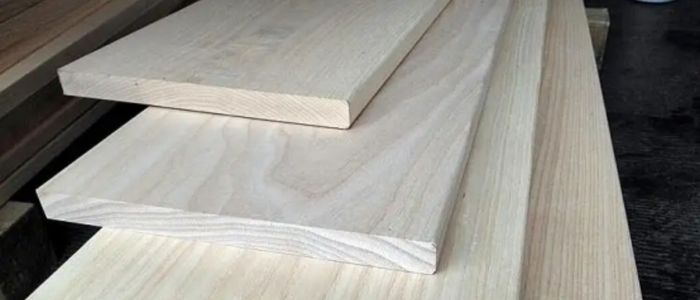
How to Know if The Lumber You Bought is Kiln Dried?
One of the main challenges when buying kiln-dried lumber is knowing if you’re actually getting what you paid for. While many large retailers will advertise their products as being “kiln-dried,” often this can be misleading or simply not true. Here are some tips to help you know if the lumber you bought is actually kiln-dried:
- Check the label on the wood itself. Many retailers will put a sticker or stamp on the boards themselves that indicates whether they are kiln-dried or not.
- Look for cracks, splits, or warp spots in the wood. If you are buying kiln-dried wood, you should not see any of these signs in the individual pieces.
- Smell the wood. Kiln-dried lumber will have a slightly different smell than regular lumber that has been left to air dry, so this can be another good indicator.
- Test for moisture levels. One of the best ways to know if your wood is kiln-dried or not is actually to test the moisture levels yourself.
There are many affordable moisture meters that you can use at home, or you may be able to have a local hardware store test it for you.If you want to make sure that the lumber you buy is truly kiln-dried, these tips will help you to spot the real deal. With careful inspection and a little bit of research, you can ensure that you’re getting high-quality wood that is ready for all of your home projects.
Frequently Asked Questions
Is it okay to kiln dry wood myself?
Yes, it is perfectly fine to kiln dry your own wood at home. In fact, some people find that they have more control over the process if they do it themselves, rather than relying on a commercial retailer or lumber yard. However, you will need to make sure that you have access to a kiln, as well as the tools and knowledge necessary to effectively dry your wood.
How long does it typically take to kiln dry lumber?
The length of time that it takes to kiln dry lumber will depend on a number of different factors, including the size of your batch, the moisture levels in your home or workspace, and the type of wood that you are using. Generally, it can take several days or even weeks to completely dry lumber in a kiln. However, there are many tools and techniques available to help speed up this process, if desired.
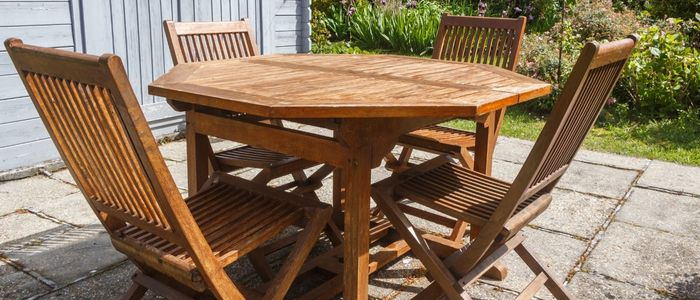
What types of sealants or finishes should I use on my kiln-dried lumber?
There is no one-size-fits-all answer to this question, as different sealants and finishes may be more or less suitable depending on the type of wood that you are using, your personal preferences, and the intended use of your lumber. Some possible options include paint, varnish, oil, or wax. It is best to do some research and experiment with different products to find the ones that work best for your needs.
Are there any safety considerations when using a kiln to dry lumber?
Several safety considerations should be considered when drying lumber in a kiln. For example, you will need to take steps to minimize the risk of fire or electrical shock, and you may also need to take extra precautions if your batch contains certain types of wood, such as pine. It is also important to ensure you follow all safety instructions and wear the necessary protective gear when using a kiln or other tools.
Is kiln-dried lumber better than regular or air-dried lumber?
There is no simple answer to this question, as the quality of kiln-dried and air-dried lumber can vary significantly depending on several different factors. In general, though, kiln-dried wood tends to be drier and more stable than air-dried wood, and it may be more suitable for certain applications, such as flooring or furniture construction.
Ultimately, the best way to determine whether kiln-dried lumber is right for you is to do some research, test it out in your own home or workspace, and see how it works for your specific needs.
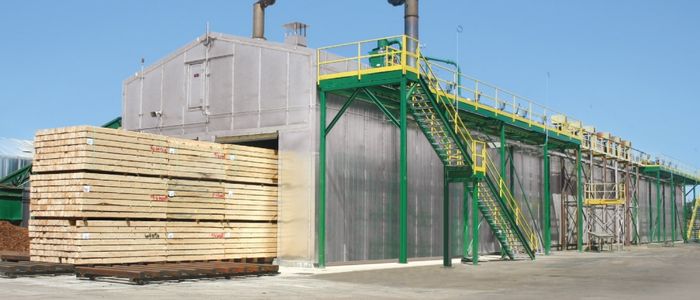
Conclusion
That concludes our guide to buying and using kiln-dried lumber. By following these tips, you can ensure that you are getting high-quality wood that is ready for your projects. Whether you’re building a new deck or completing another home improvement project, this type of wood can be an ideal option. Just remember to do your research and test it out in your own home or workspace before making any final decisions. If you want guidance in kiln-drying, you can contact us or check HeBei ShuoWei’s website!

